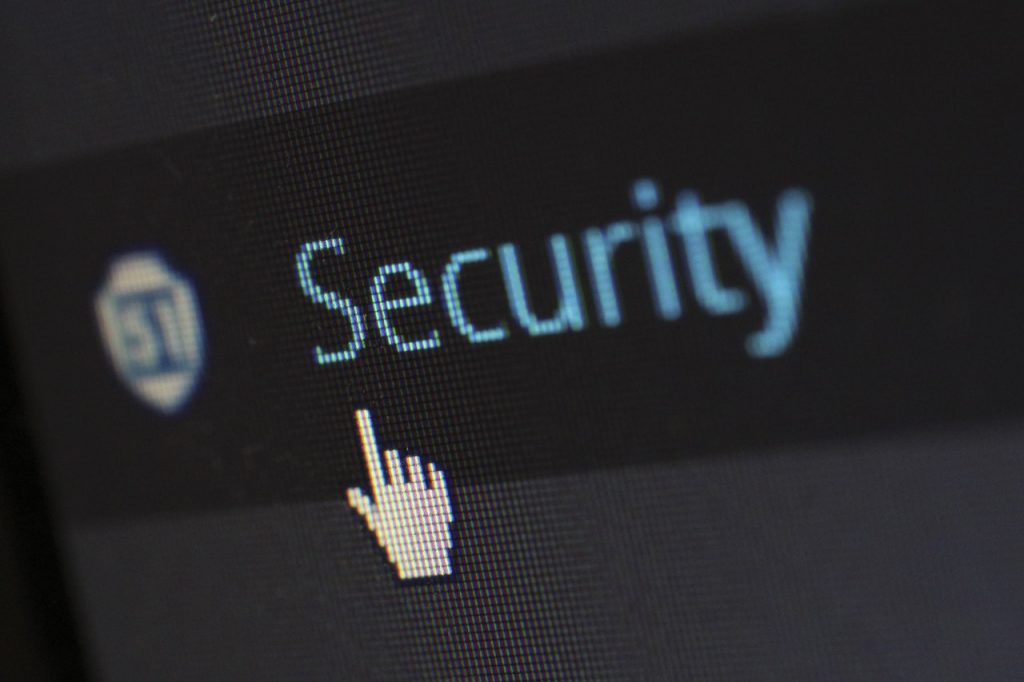Technological advances happen fast, and keeping up can be exhausting. But you don’t have to learn about every new device, system or concept that evolves. What is crucial to making the most of technology is to keep it secure from unauthorized access and deceitful activity.
Cybersecurity, a growing market, identifies threats and defends your network from malicious attacks. It is essential to learn it and use its strategies.
Stay safe online and protect yourself from hackers by avoiding these six mistakes:
1. Using Public Wi-Fi Networks
Resist the temptation to use public Wi-Fi networks instead of your own mobile data. Yes, it may save you a few bucks depending on your mobile plan – but it will also leave your connection way more vulnerable. When you’re using a public Wi-Fi network, it’ll in many cases not be protected by a password, which means you have no idea who’s on it with you (and thus have easy access to stored passwords, credit card information and other personal data).
And even if, for instance, a café does have a password, you’ll most likely still not know the other users. Plus, hackers sometimes set up fake “Starbucks Wi-Fi” networks in order to lure victims into hopping on and giving them access to their data. So, when out and about, always turn off Wi-Fi and opt for mobile data instead.
2. Not Using a VPN
If you want to give your Wi-Fi an extra layer of protection, finding yourself a VPN is always a good idea. Even though you’re at home and protected by a password that you know only a select few have, your Internet service provider can still monitor your activity.
A VPN will provide you with a much more secure connection by encrypting your information and disguising your IP address. This effectively makes it impossible to track your activity online – and besides security benefits, some VPNs also allow you to access otherwise geoblocked entertainment on sites such as YouTube and Netflix.
3. (Re)using Weak Passwords
At one point or another, most of us will have experienced it by now: You get the dreaded email from e.g. Google alerting you to an unusual login you don’t recognize – and because you’re using the compromised password on several other accounts, you now have to spend the next hour going on the grand password changing tour of the Internet.
Have different passwords that are difficult to guess for everything. If you’re having trouble coming up with them yourself, try using a password generator, like passwordhero. Tools like these make up random, completely unguessable passwords for you, ensuring that each of your accounts is well-protected.
4. Skipping Two-Factor Authentication
With the point above in mind, it should also be noted that one password may not always be enough. Like we already touched upon, password leaks happen regularly, and if your excellent, newly generated one is on the list – well, it doesn’t really matter how unique and random it is, does it?
Luckily, more and more platforms are giving their users the option of two-factor authentication when logging in for extra security.
If you’re unfamiliar, this means that in order to log in, you’ll have to present a minimum of two pieces of evidence to gain access. This will usually be some knowledge only you have, something only you’re in possession of and/or something only you are – making hacking your account a next to impossible job.
5. Mindlessly Buying IoT Devices

Although you may not know the term “Internet of Things”, you definitely own at least one – if not many – IoT devices and use them regularly in your daily life. To summarize it very shortly, an IoT device is basically any device that is connected to the Internet.
A couple of examples would be your speakers, your smartfridge, -washing machine or -radio – or the by far most common IoT device, your smartphone. These types of devices rise in popularity every day, but if you want to ensure your privacy, think twice before you fill your home with them.
As with anything else connected to a Wi-Fi network, connected IoT devices are extremely easily hacked. And since many of them contain cameras, the data found on them can be severely compromising. Furthermore, if a hacker gets access to one device on your network, they’re free to take control of every other device connected to the same network.
6. Forgetting to Update When You Can
Always update your software. Is it annoying to have to restart everything, wait for the update to finish and maybe even get used to a new, unfamiliar design? Yes, of course.
But these updates will contain fixes to security issues that have been discovered since the last update.
If you fail to keep your software up-to-date, you leave your device vulnerable to cyberattacks – which may become more frequent for users who haven’t yet updated; hackers (who also occasionally have to update) now also know about it.
So take the extra time to update whenever you get the chance. It’ll be worth it in the long run.
Don’t expose your data or your network to vulnerabilities. Use the right practices to strengthen your cybersecurity measures. And you’ll never have to worry about cybercriminals using or exploiting your information.





